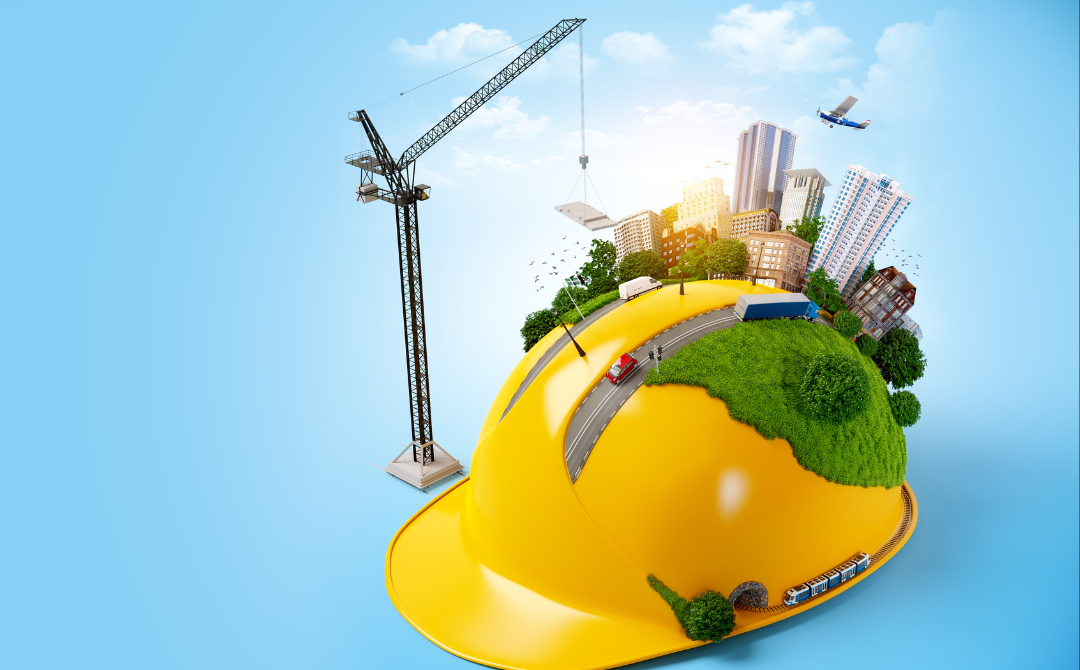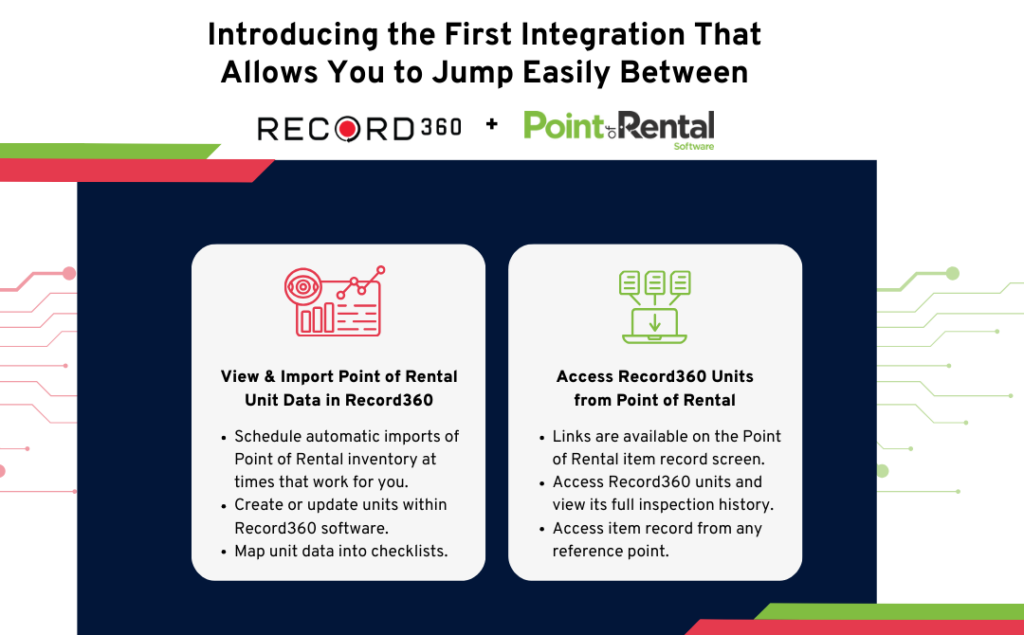As technology continues to advance, sustainability, energy efficiency, and reducing our carbon footprint have become driving forces.
Construction, an important part of the supply chain, often involves high levels of carbon emissions, and reducing our environmental impact has become more important than ever.
The good news is that many construction companies are adopting sustainable practices. Developers are doing their part, too, by focusing on renewable energy, adopting energy-efficient appliances, and more.
How the Construction Industry Is Reducing Its Environmental Impact
Adopting an eco-friendly approach involves so much more than just seamlessly integrating indoor plants for a healthier indoor environment. Here are some of the ways the construction sector is ensuring a sustainable future for all:
Solar-powered Tools and Equipment
Promoting energy conservation will encompass harnessing natural light to power tools and machinery. Handheld tools, such as saws and drills, are being created with built-in solar panels to harvest energy from the sun. This not only minimizes dependency on conventional energy sources but also lowers the construction industry’s environmental impact.
Solar-powered tools for construction are particularly beneficial for rural or off-the-grid building sites, where the availability of traditional power sources is restricted.
Green Certifications
To encourage environmentally conscious construction techniques, several building initiatives in 2024 are pursuing environmentally friendly credentials and complying with sustainability requirements.
Leadership in Energy and Environmental Design (LEED) certifications supply an outline for building design and construction that prioritizes energy savings, the conservation of water, and a smaller carbon footprint.
Acquiring such certifications not only aligns building projects with environmentally friendly standards but also increases the appeal and value of completed constructions.
More and more investors are seeing the importance of going green, which has pushed construction companies to adopt these practices.
Switching to Electric Vehicles
The truth is that emissions from construction vehicles contribute to climate change, which is why many in the industry are reducing their ecological footprint by switching to machinery that is powered by electricity.
Manufacturers are providing a variety of electrically-powered alternatives, such as cranes, loaders, and excavators.
These vehicles not only help to save the environment but also operate quietly, which reduces the noise pollution produced on construction sites. In addition, they emit no carbon emissions when used, helping to enhance air quality.
Hybrid Vehicles
To meet carbon reduction targets, many companies switch to hybrid vehicles to optimize energy usage. These machines integrate conventional internal combustion engines and electric propulsion technologies. The hybrid technique provides the option of using both power sources, resulting in enhanced energy efficiency and a substantial decrease in emissions.
Heavy-duty construction machinery that calls for a great deal of electricity can benefit from hybrid technology the most. The combined use of diesel engines and electric components saves fuel, reduces pollutants, and improves overall energy efficiency.
Manage Your Sustainable Rental Equipment with Record360
If you are in the business of renting heavy machinery, then it’s important to have a software solution that helps you document and keep track of its condition and specifications. When disputes arise, it helps to have indisputable evidence.
The truth is that machinery designed to have a lower energy consumption is often more expensive, which makes safeguarding your assets more important.
To learn more about our software, request a demo today!



